What is an Ovarian Cyst?
An ovarian cyst is a sac or pouch filled with fluid or other tissue that forms in or on an ovary. Ovarian cysts are very common. They can occur during the childbearing years or after menopause. Most ovarian cysts are benign (not cancer) and go away on their own without treatment. Rarely, a cyst may be malignant (cancer).
What are the Different Types of Cysts?
Types of cysts include the following:
- Functional cyst – This is the most common type of ovarian cyst. It usually causes no symptoms. Functional cysts often go away without treatment within 6–8 weeks.
- Teratoma – This type of cyst contains different kinds of tissues that make up the body, such as skin and hair. These cysts may be present from birth but can grow during a woman’s reproductive years. In very rare cases, some teratomas can become cancer.
- Cystadenoma – These cysts form on the outer surface of the ovary. They can grow very large but usually are benign.
- Endometrioma – This cyst forms as a result of endometriosis.
What are the Symptoms of Ovarian Cysts?
In most cases, cysts do not cause symptoms. Many are found during a routine pelvic exam or imaging test done for another reason. Some cysts may cause a dull or sharp ache in the abdomen and pain during certain activities. Larger cysts may cause twisting of the ovary. This twisting usually causes pain on one side that comes and goes or can start suddenly. Cysts that bleed or burst also may cause sudden, severe pain.
How are Ovarian Cysts Diagnosed?
If your obstetrician–gynecologist (ob-gyn) or other health care professional thinks that you may have a cyst, the following tests may be recommended to find out more information:
- Ultrasound exam – This test uses sound waves to create pictures of the internal organs. An instrument called a transducer is placed in the vagina or on the abdomen. The views created by the sound waves show the shape, size, and location of the cyst. The views also show whether the cyst is solid or filled with fluid.
- Blood tests – You may have a blood test that measures the level of a substance called CA 125. An increased level of CA 125, along with certain findings from ultrasound and physical exams, may raise concern for ovarian cancer, especially in a woman who is past menopause. Several other blood tests also can be used to help identify whether a mass on the ovary is concerning for ovarian cancer.
How are Ovarian Cysts Treated?
There are several treatment options for cysts. Choosing an option depends on the type of cyst and other factors. Treatment options include watchful waiting and, if the cyst is large or causing symptoms, surgery.
What is Watchful Waiting?
Watchful waiting is a way of monitoring a cyst with repeat ultrasound exams to see if the cyst has changed in size or appearance. Your ob-gyn or other health care professional will decide when to repeat the ultrasound exam and how long this follow-up should last. Many cysts go away on their own after one or two menstrual cycles.
When is Surgery Recommended?
Surgery may be recommended if your cyst is very large or causing symptoms or if cancer is suspected. The type of surgery depends on several factors, including how large the cyst is, your age, your desire to have children, and whether you have a family history of ovarian or breast cancer. A cystectomy is the removal of a cyst from the ovary. In some cases, an ovary may need to be removed. This is called an oophorectomy.
How is Surgery Performed?
If your cyst is thought to be benign, minimally invasive surgery is recommended. Minimally invasive surgery is done using small incisions and a special instrument called a laparoscope. This type of surgery is called a laparoscopy. Another type of surgery is called open surgery. In open surgery, an incision is made horizontally or vertically in the lower abdomen. Open surgery may be done if cancer is suspected or if the cyst is too large to be removed by laparoscopy.


























